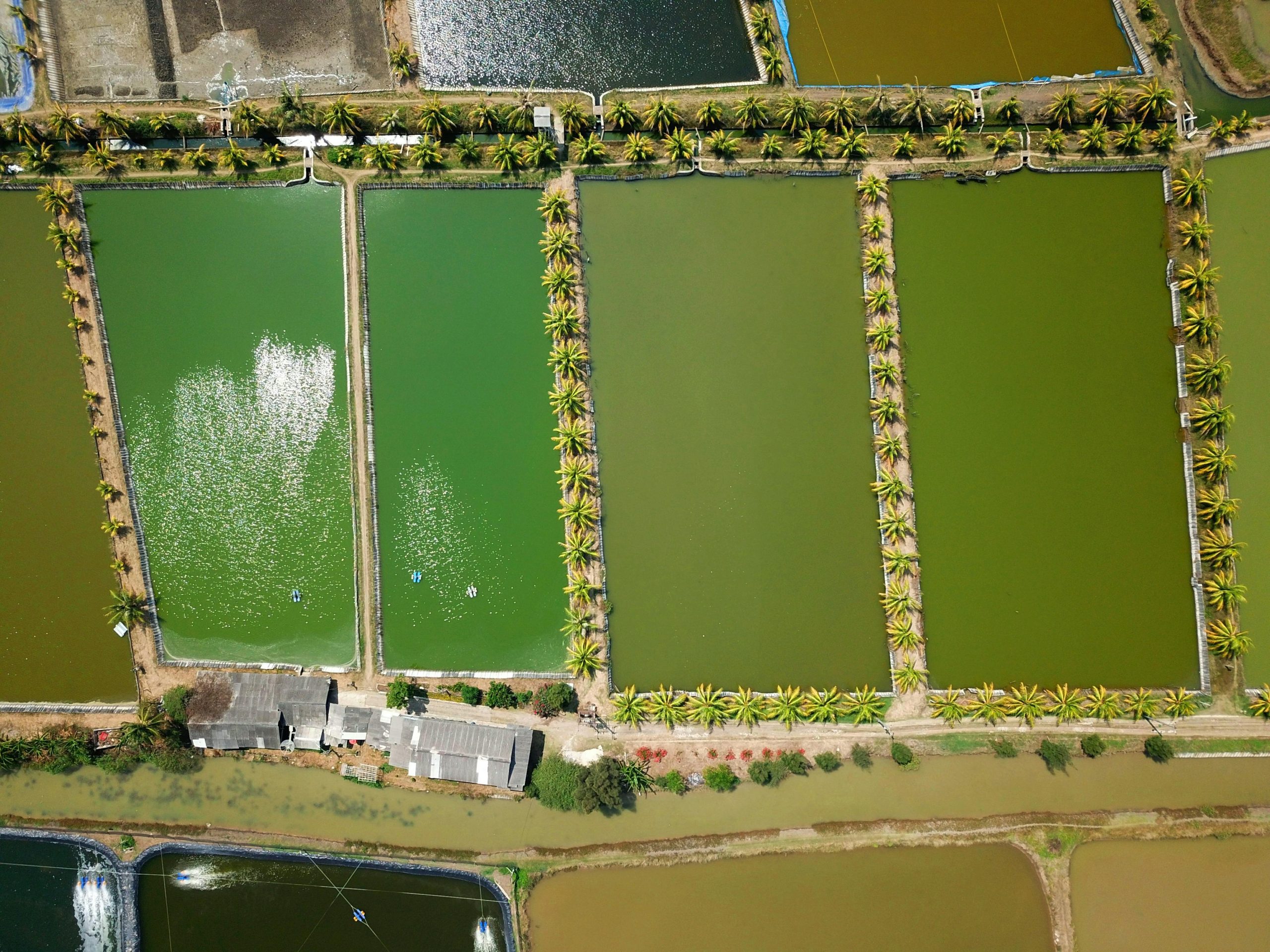The health of our oceans is vital to the planet’s survival, and sustainable fisheries and aquaculture play a crucial role in preserving marine ecosystems while meeting global food demands. Overfishing, habitat destruction, and climate change threaten marine biodiversity, but responsible practices can help reverse these trends. By adopting sustainable methods, we can ensure fish populations thrive, coastal communities prosper, and ocean ecosystems remain resilient for future generations.
What Are Sustainable Fisheries?
Sustainable fisheries are those that harvest fish at a rate that allows populations to replenish naturally. Unlike industrial overfishing, which depletes stocks and damages habitats, sustainable fisheries prioritize long-term ecological balance. Key principles include:
- Science-Based Quotas: Setting catch limits based on population assessments.
- Selective Fishing Gear: Using methods that reduce bycatch (unintended marine life capture).
- Protecting Critical Habitats: Avoiding fishing in spawning grounds and sensitive ecosystems.
Organizations like the Marine Stewardship Council (MSC) certify fisheries that meet these standards, helping consumers make eco-friendly choices.
The Role of Sustainable Aquaculture
Aquaculture, or fish farming, supplies over half of the world’s seafood. When done sustainably, it reduces pressure on wild fish stocks while providing a reliable food source. Best practices include:
- Responsible Feed Sourcing: Using plant-based or alternative feeds to avoid depleting wild fish for feed.
- Closed Containment Systems: Preventing pollution and escapes into natural waters.
- Disease Management: Reducing antibiotic use through better farming techniques.
Certifications like the Aquaculture Stewardship Council (ASC) ensure farms adhere to environmental and social standards.
Threats to Ocean Health & How Sustainable Practices Help
Unsustainable fishing and aquaculture contribute to several major threats:
- Overfishing: Nearly 90% of global fish stocks are fully exploited or overfished, leading to ecosystem collapse.
- Bycatch: Millions of tons of non-target species, including turtles and dolphins, die annually in fishing gear.
- Habitat Destruction: Bottom trawling and coastal aquaculture can destroy coral reefs and mangroves.
Sustainable fisheries and aquaculture mitigate these issues by:
- Enforcing stricter regulations on fishing quotas.
- Promoting gear modifications like turtle excluder devices (TEDs).
- Restoring degraded habitats through conservation efforts.
How Consumers Can Support Sustainable Seafood
Individual choices make a difference. Here’s how consumers can contribute:
- Look for Certifications: Choose seafood with MSC or ASC labels.
- Diversify Your Diet: Opt for underutilized species to reduce pressure on popular ones like tuna and salmon.
- Avoid Unsustainable Methods: Steer clear of seafood caught via bottom trawling or produced in harmful aquaculture systems.
- Support Local & Small-Scale Fisheries: These often use more sustainable practices than industrial operations.
Apps like Seafood Watch provide real-time guidance on sustainable choices.
The Future of Sustainable Fisheries & Aquaculture
Innovations are paving the way for even greater sustainability:
- Alternative Feeds: Insect-based and algae-based feeds reduce reliance on wild fish.
- Aquaponics: Combining fish farming with hydroponics for zero-waste food production.
- Blockchain Traceability: Ensuring transparency in seafood supply chains to combat illegal fishing.
Governments, businesses, and consumers must collaborate to scale these solutions globally.
Protecting our oceans requires a collective commitment to sustainable fisheries and aquaculture. By embracing science-backed practices, supporting responsible seafood choices, and advocating for stronger policies, we can safeguard marine biodiversity while securing food for billions. The time to act is now—every effort counts in preserving the lifeblood of our planet.
